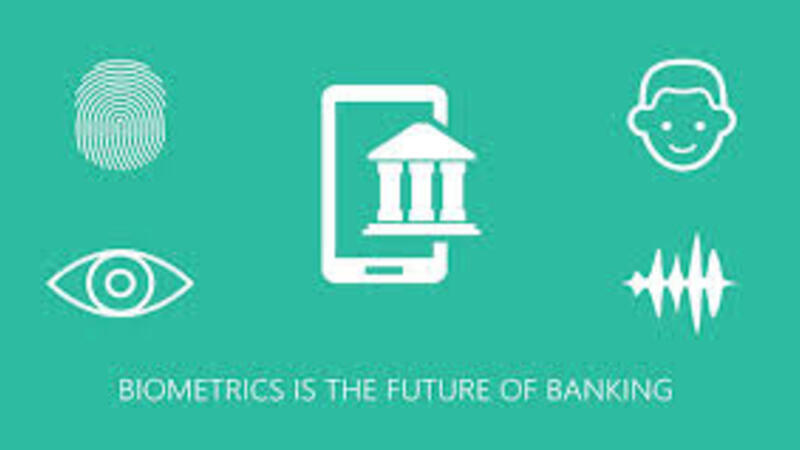In the digital era, it is crucial to ensure that only approved individuals can access susceptible information. Biometric facial recognition technology is crucial in providing a secure and uncomplicated method to verify people’s identity and authorization of access. This technology offers a safer and more efficient way of operating across various industries by utilizing the distinctive features of an individual’s face,
In 2019, roughly one out of every 200 people in the Netherlands fell victim to online identity fraud, which is an unauthorized use of someone’s personal information for financial augmentation. For instance, it involves withdrawing or transferring money, obtaining a loan, or requesting official documents without the owner’s consent.
This article will delve into biometric facial recognition, its process of working, and its usage in banks.
What is Biometric Face Recognition?
Biometric facial recognition technology is an unconventional and advanced mechanism that uses facial features to authenticate one’s identity. It maps and distinguishes the face by analyzing the different characteristics to identify. This technology creates a facial representation, which is called as biometric templates that is verified by analyzing the size and distance between the eyes, forehead, nose shape, lips, skin tone, and other facial contours,
To ensure secure access to a system or facility, biometric face recognition systems scan the user’s face and match it against stored biometric templates. It also utilizes intelligent algorithms and machine learning technology that are employed by these systems to ensure accurate and reliable identification of individuals. Contemporary facial recognition systems are based on Artificial Intelligence and deep neural networks that allow differentiating with an almost infallible accuracy if two images coordinate to the same person.
Advantages of AI Face Recognition Online
Security and efficiency are paramount concerns for banks nowadays. Biometric facial recognition technology has emerged as a powerful solution as artificial intelligence is incorporated with it.
- It provides a robust authentication method with improved
- It is convenient as teh bank users dont required to remember the passwords and pins.
- The system offers a high degree of precision when verifying the identity of customers.
- It is faster and more reliable because of the automation and advanced AI.
- It provides a contactless method, unlike the fingerprint scanners that require to touch the scanner.
- Biometric facial recognition technology helps prevent fraud and identity theft by providing reliable identity verification.
- It can be easily integrated with existing security systems and applications.
- This offers a safe mode of verifying identities for remote access to systems and resources.
- It helps organizations comply with the KYC and AML regulations to provide a secure and reliable verification method.
The Implementation of Face Recognition Deep Learning
Deep learning plays a pivotal role in advancing face recognition technology. Face recognition deep learning has revolutionized the way we authenticate identities and enhance security measures. Through deep neural networks, specifically convolutional neural networks (CNNs), biometric facial recognition technology can efficiently learn convoluted patterns and features from vast datasets of facial images. It enables accurate detection and variety of faces in varying conditions, including different angles, lighting conditions, and facial expressions. Moreover, processes like facial detection and facial embedding further refine the recognition process by encoding facial features into compact and discriminatory representations. Deep learning-powered face recognition systems are extensively used in diverse applications ranging from surveillance and access control to personal authentication. Such as, on smartphones, it enhance security and convenience in daily life.
The Use of Facial Recognition Solution for Safe and Secure Banking
Biometric facial recognition technology leverages cultivated systems to facilitate quick and accurate identification while upholding robust standards of security and privacy. Facial recognition solutions have enabled financial institutions like banks to securely onboard new customers and perform due diligence efficiently. The face recognition solutions not only save cost and time but also enhance the efficiency of the banks and streamline customer services.
The Face Recognition Process by Using Biometrics
Biometric facial recognition technology executes through a sequence of processes that are developed to accurately ascertain individuals based on their facial characteristics. Here is how it works:
Face Detection: The primary step of the face recognition process is detecting the face. The system detects the face from images and videos which scans the input biometric data and specifies facial features with precision.
Face Alignment: The detected face is then aligned into the position digitally to a specific position in which it can be analyzed.
Feature Extraction: The facial features are then extracted that provide a unique biometric template that distinguishes faces from the rest of the image, such as eyes, nose, mouth, etc.
Facial Comparison: After the facial feature extractions, this newly captured biometric template has conformed against the stored templates in the database to identify conceivable matches.
Decision-Making and Final Outcome: Based on the comparison, the system verifies or denies the grant for access. It provides the final outcomes on the basis of biometric authentication.
Final Words
Biometric facial recognition technology is pivotal in reshaping security measures, particularly within the banking sector. Its implementation offers a multifaceted solution that effectively prevents fraudulent activities while streamlining authentication processes. It harnesses the power of artificial intelligence and deep learning algorithms for enhanced efficiency. This advanced technology ensures robust identification measures, significantly reducing the risks associated with unauthorized access and identity theft. Moreover, its seamless integration with existing systems fortifies security protocols and aligns with regulatory compliance standards.
